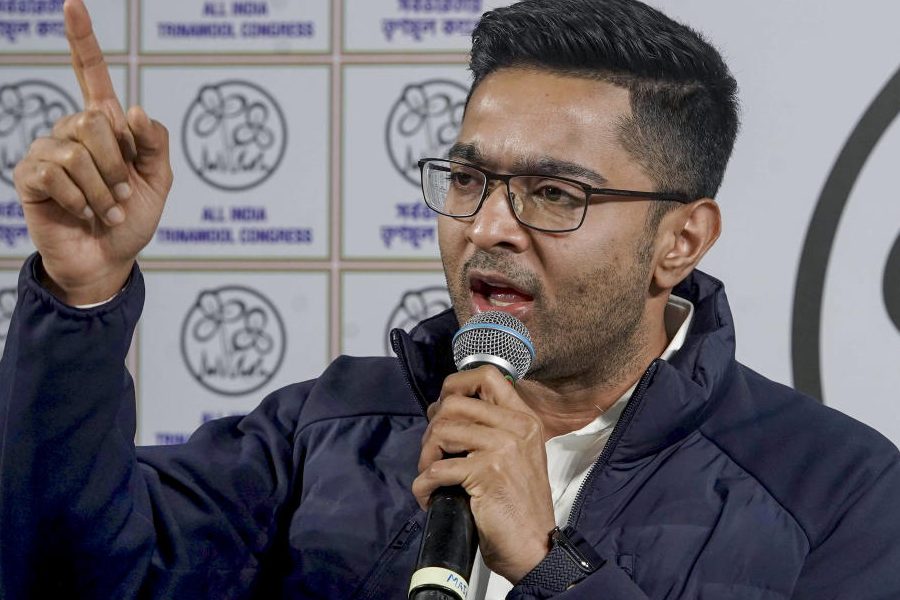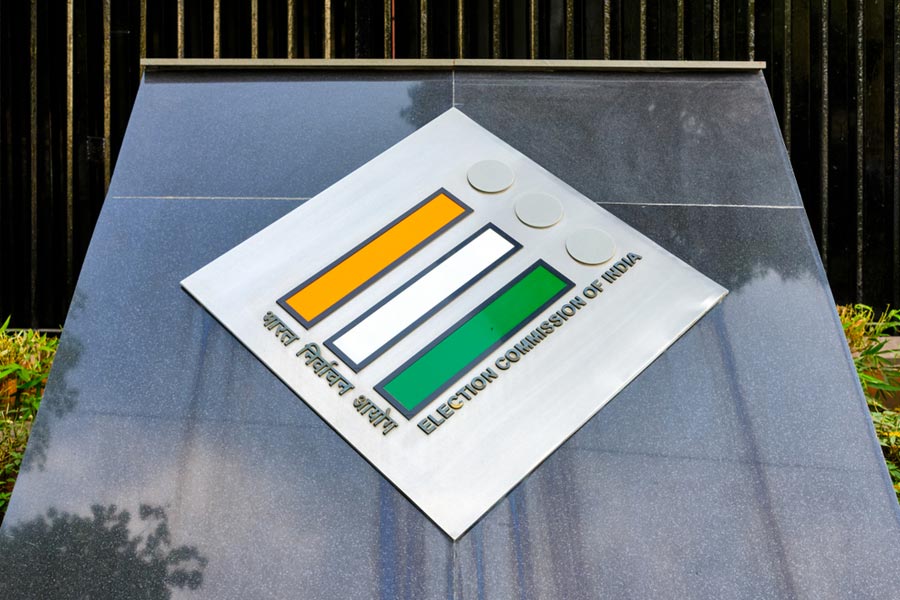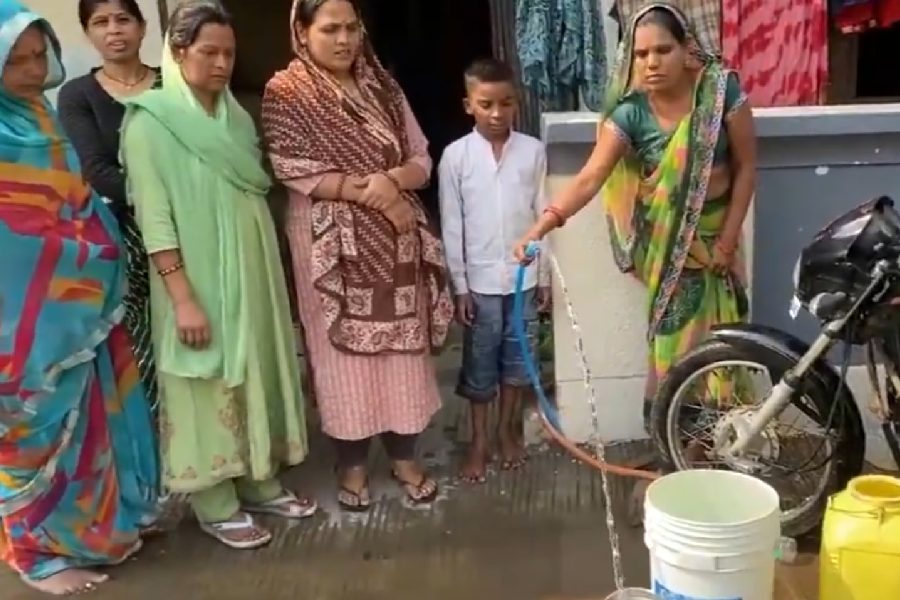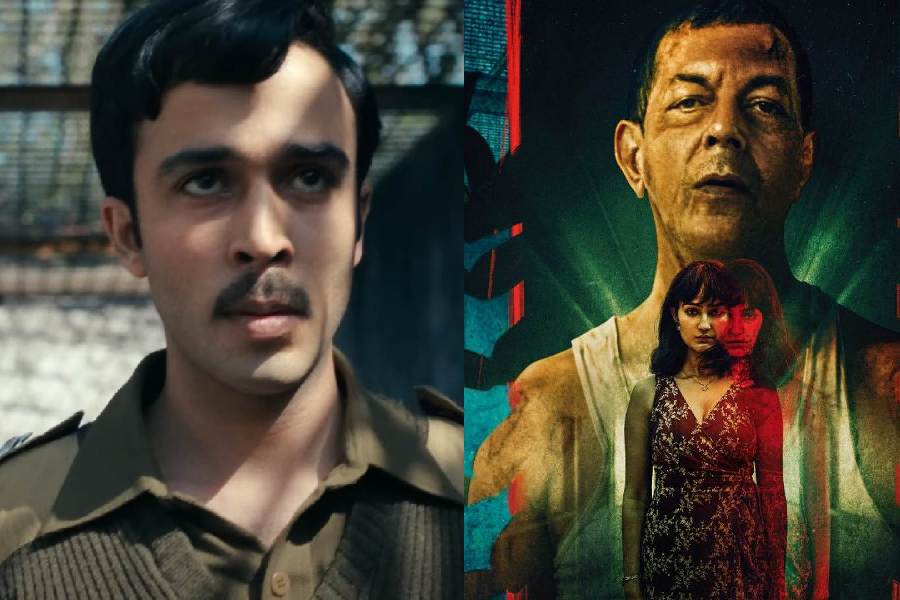 |
| Jessica |
New Delhi, March 8: The Delhi police special team going into the investigations in the Jessica Lal murder will focus on the omissions in the probe.
The police on Monday announced an inquiry into charges of evidence tampering. An FIR was registered stating that “several discrepancies were found in the investigation of the case that need to be investigated”.
The probe is being viewed as the first step towards reopening the case.
Police failures that could come under the scanner are:
• Prime accused Manu Sharma, the son of a Haryana minister, was not named in the FIR even though all eyewitnesses had said his identity was revealed soon after the incident
• Manu’s mobile phone (9811096893) was never seized nor its SIM card recovered
• No witness was produced to prove that Manu had arrived at Qutub Colonnade, the Delhi restaurant-cum-bar where Jessica was shot dead in 1999, in his black Tata Safari
• Contradiction in police statements on the recovery of the Tata Safari. While sub-inspector Sunil Kumar said the car was found at Karnal, inspector Surender Sharma claimed it was recovered from Sector 24, Noida
• Sharma said a broken piece of glass from a Tata Safari was recovered from the getaway vehicle, but this was not mentioned in the seizure memo
• Failure to lift fingerprints from the Tata Safari
• Non-recovery of the weapon of offence
• Delay in serving arrest warrant to Manu
• Too many changes in the statements of Delhi home guard Shravan Kumar, brought by the police as witness. Letting off the accused, the judgment said the home guard and another police witness, Deepak Bhojwani, did not see the crime but were produced to implicate Manu
• Alleged switching of empty cartridges found at the scene.
The police have come across several crucial aspects that were not explored properly and will include these findings in their appeal to Delhi High Court against the acquittal of all the nine accused:
Post-mortem: The post-mortem report on Jessica’s injuries was not properly discussed. Dr R.K. Sharma, who conducted the post-mortem, only stated in court that her death was caused by a bullet injury in the head.
Some senior police officers believe the report could have been further explored.
“Apart from the injury, the size of the wound, its probable angle and other aspects could have been put forth in a bid to connect the empties (empty cartridges) recovered from the spot to the injury.
“A technical examination could also have helped in establishing whether the bullet that hit Jessica was of .22 bore (the one owned by the prime accused in the case) or any other bore,” an officer said.
Site plan: The second important piece of evidence that appears not to have been brought in is the “site plan” of the scene of murder.
The site plan is prepared immediately after a crime occurs. The investigating officer draws a sketch of the scene pointing out the spot where the body of the victim was lying, its direction, the manner in which it was lying, the weapon found, if any, and the location of other evidence collected from the site.
While the site plan helps the investigating officer remember important points about the case, it also helps him explain easily to the court how the crime unfolded.
In Jessica’s case, the post-mortem report and the site plan could have helped the police counter the two-weapon theory that saved Manu.
The police had said Manu fired two shots, of which one hit Jessica. But the two empties at the spot were found to belong to different weapons ? suspected to be the result of a switch ? giving rise to the two-weapon theory.











